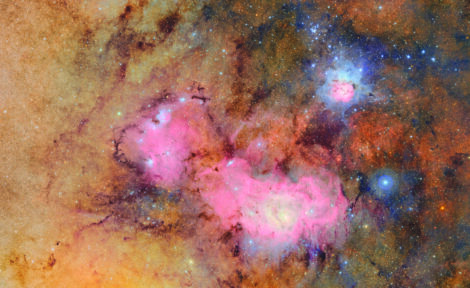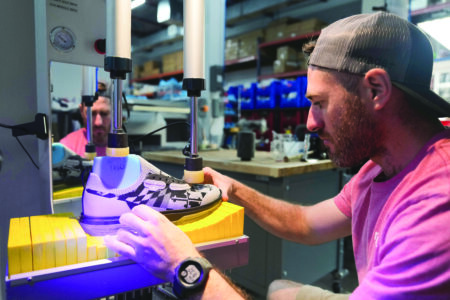Snow science can be good fun for kids

Sabin, DaVIS, HETRICK, ANDEREGG, Macalady, walker, darling and Katers
Winter science is fun and exciting no matter what your weather. You will need a dishpan of snow, ice cubes, wooden spoons, spatulas, measuring cups, measuring spoons, three see through cups, magnifying glass, paper, and markers or crayons.
Magnifying snowflakes
If you have had snow recently, but the the weather is nasty today, bring snow inside and place some in a kitchen sink, tub, or dishpan. Give young children kitchen supplies and little plastic lid containers. Encourage them to fill, stir, pat and play in the snow. They can wear mittens, if desired.
While the snow is fresh, observe it with a magnifying glass. Place snowflakes on dark paper that has been in the freezer or later go outside for some exercise and take magnifying glasses and dark cold construction paper along.
Science fun
Try a little experiment with three see through cups. Fill one with snow, one with ice cubes, and another with water. Fill them to the same marked amount and set them on the counter while you do other activities. Check the cups every 20 minutes to see if they have changed. If you don’t have snow, make some in a blender with ice cubes.
While the snow is melting have a little science discussion. Snow crystals are small pieces of ice formed around tiny bits of dirt carried up into the atmosphere by the wind. They are really soil particles dressed up in ice. You may want to draw pictures of this together while talking. Scientists think there are four different shapes of snow crystals. Many have a hexagon shape. The shape depends upon the temperature at which it was formed. As the snow crystals grow they become heavier and fall to Earth. Each snowflake is composed of about 2 to 200 separate crystals clumped together.
Thirteen inches of snow equals about one inch of rain, although this ratio can vary from two inches for sleet to fifty inches for very dry, powdery snow.
When the cups of snow and ice are melted, observe dirt in the snow cup and talk about it. Children will come up with reasons why eating snow is not a good idea. The dust can come from long distances and be from unappetizing things like animal waste. Check on those cups. Do all of them now have the same amount of water? Why do the children suppose they are different? Ice and snow have air spaces between them. Notice what happens as the snow melts and packs.
Snow books include: “The Story of Snow” by Roy Cassino, “Snow” by Roy Uri Shulevitz, and “Snow” by Roy McKie. For more science fun see grandparentsteachtoo.blogspot.com and wnmufm.org/Learning Through the Seasons for live broadcasts, podcasts, and the authors’ book.





